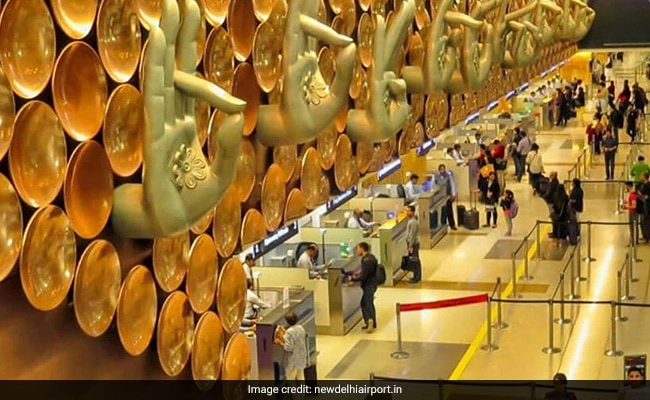On a seemingly ordinary day, Delhi’s Indira Gandhi International Airport was thrust into a state of alarm following the receipt of a hoax bomb threat. The incident, which unfolded amidst the bustling environment of one of Asia’s busiest airports, sent security personnel into immediate action. Authorities were alerted when a call was made claiming that explosives had been planted within the airport premises. In response, security protocols were swiftly enacted, leading to a comprehensive search operation that involved bomb detection squads and specialized security teams.
As the situation unfolded, passengers and personnel alike were caught in a web of anxiety and confusion. The airport, known for its rigorous security measures, faced the challenge of ensuring the safety of thousands of travelers while maintaining the operational flow of flights. Authorities aimed to reassure the public that safety was their paramount concern, and extensive efforts were made to communicate updates through various channels. The swift response highlighted the airport’s preparedness for such emergencies, even though the threat ultimately turned out to be false.
In the aftermath of the hoax, officials reiterated the importance of vigilance and the need for continuous monitoring of security threats, regardless of their credibility. While the incident concluded without any real danger, it served as a reminder of the potential disruptions that such threats can cause in high-traffic areas like airports. The event also sparked discussions around the implications of hoax threats, not just in terms of resource allocation and response times, but also concerning the emotional toll on passengers and the broader public perception of safety in travel environments.
Ultimately, the incident at Delhi Airport underscores the delicate balance that must be maintained between rigorous security measures and the need to avoid causing undue panic among the traveling public. As airports and security agencies continue to evolve their strategies in response to emerging threats, the importance of public awareness and cooperation remains vital in fostering a safe travel experience for everyone.




